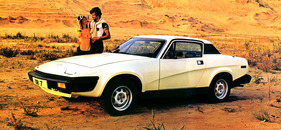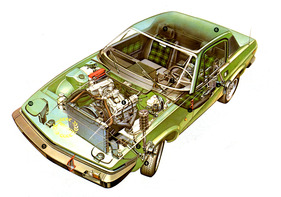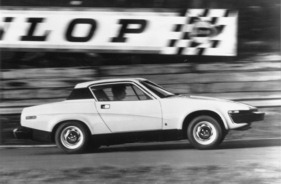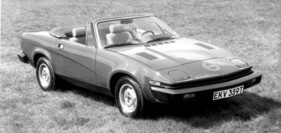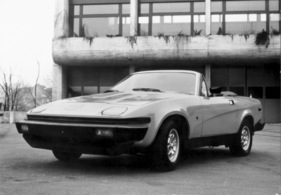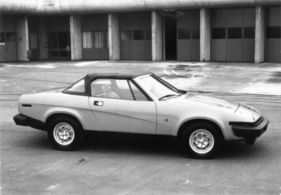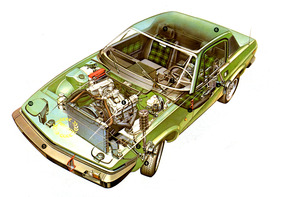Wedge-shaped into the American market - Triumph TR 7 and the end of the TR series
Summary
Triumph was able to sell around 100,000 TR 6 sports cars. Even more were sold of the TR 7, although this car was under a bad star at the beginning: strikes and shoddy work delayed production; when the various teething troubles had been cured, the value of the dollar - and thus the American market - collapsed. This spelled the end for the Triumph company. This report tells the story of the TR 7 model and shows it in many illustrations and four sales brochures.
This article contains the following chapters
- Successful predecessor TR 6
- The beginning of the end
- Just a coupé and a new factory
- Teething troubles rectified
- Wedge-shaped bodywork
- Also as a convertible
- And finally with an eight-cylinder engine
- Aimed at the American market
- Japanese sedans instead of sports cars
- Production overview of Triumph sports cars in the TR series
- Further information
Estimated reading time: 5min
Preview (beginning of the article)
Triumph was able to sell around 100,000 TR 6 sports cars. Even more were sold of the TR 7, although this car was under a bad star at the beginning: strikes and shoddy work delayed production; when the various teething troubles had been cured, the value of the dollar - and thus the American market - collapsed. For the Triumph company, this meant the end. Until spring 1973, the TR 6 remained mechanically identical to its predecessor. However, many TR 6 riders complained that they often had problems when they had to ride their souped-up engine in slow-moving city traffic. The factory technicians only saw a camshaft with flatter cams as a solution to this problem. However, the fact that the output of an engine equipped with the new shaft then dropped to 124 hp had to be accepted. Hardly any changes were made to the TR 6 during its 7 years of production.
Continue reading this article for free?
Photos of this article









